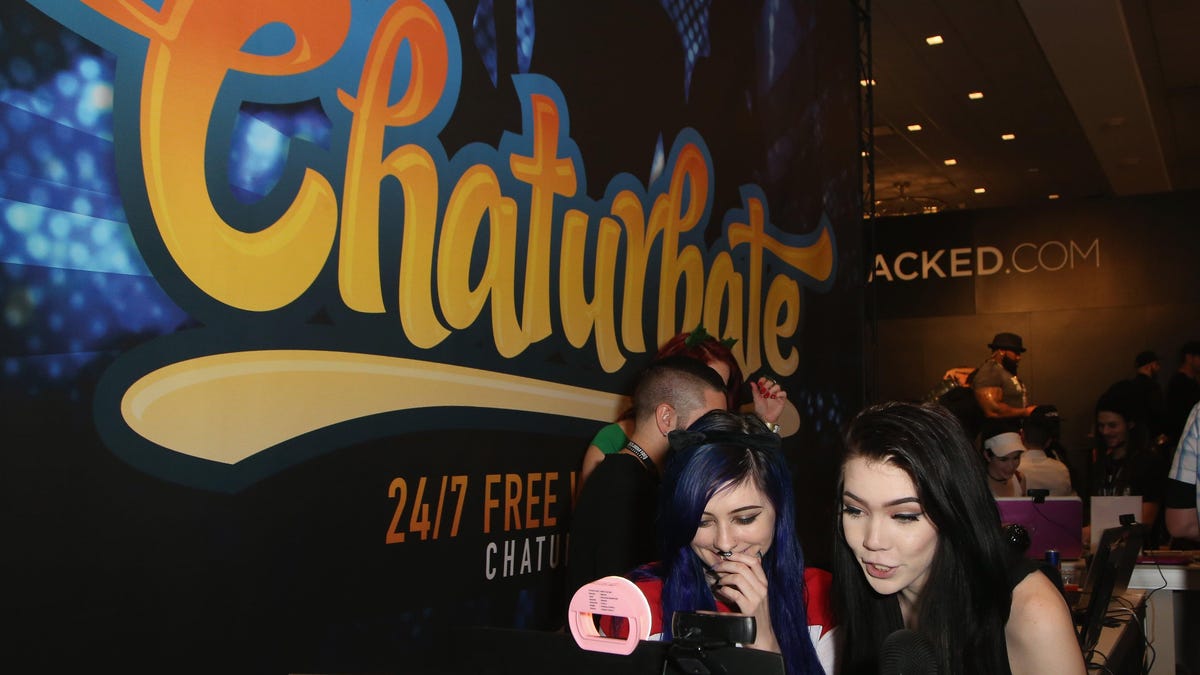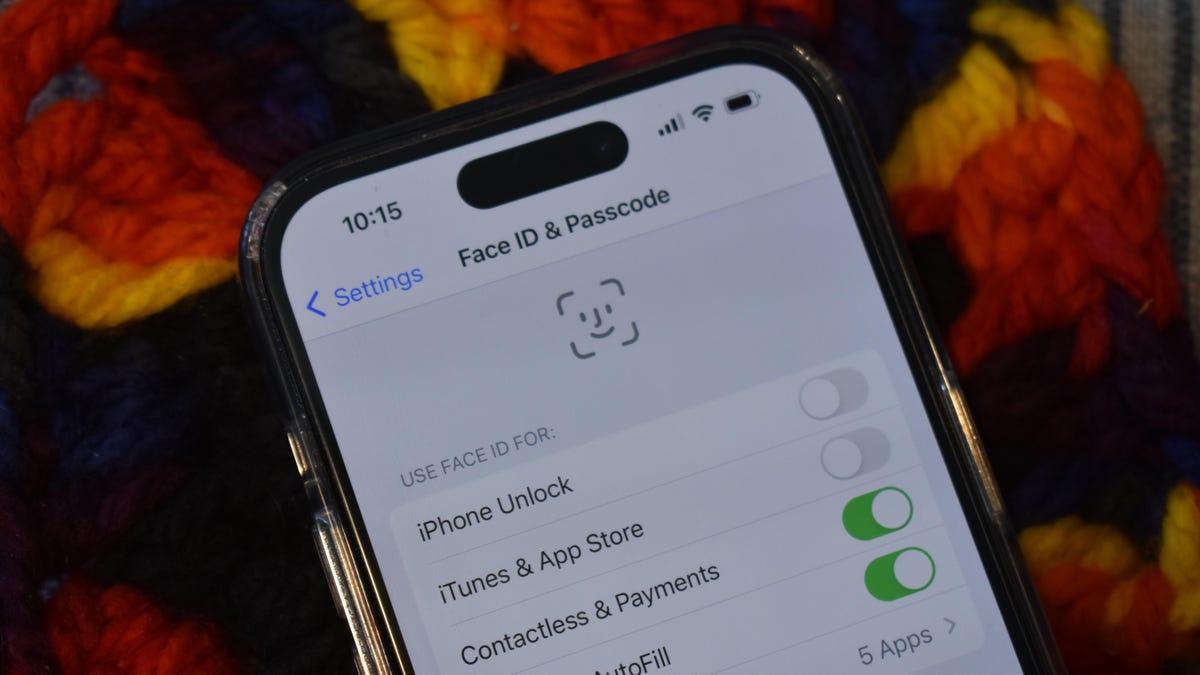Settlement Reached in Huang v. Tesla Wrongful Death Lawsuit
Yesterday, a trial was scheduled to commence in the case of Huang v. Tesla, a lawsuit filed by the family of a man who tragically lost his life in a Tesla Model X back in 2018. However, the trial will no longer proceed as Tesla has opted to settle the case with the family, the financial details of which remain undisclosed.
The Tragic Incident
Walter Huang was on his way to work on March 23, 2018, when his Tesla Model X collided with a concrete divider at an exit on US Highway 101, resulting in his untimely death. At the time of the accident, Tesla’s semi-automated driving system, Autopilot, was engaged. Despite experiencing confusion at that particular intersection on previous occasions, Huang placed undue faith in the system, even diverting his attention to playing video games on his phone.
NTSB Findings
The National Transportation Safety Board (NTSB) conducted a thorough investigation into Huang’s demise, publishing its findings in 2020. The NTSB attributed blame to multiple entities, including Tesla, whose misleading marketing practices regarding Autopilot, as well as staged demonstrations, fostered Huang’s misplaced trust in the system. Additionally, deficiencies in the operational design domain of Autopilot, which utilized standard hardware but stretched its capabilities leading to the termination of its relationship with technology supplier Mobileye, were highlighted by the NTSB.
Furthermore, the NTSB did not absolve California’s highway agency, CalTrans, from culpability. The agency’s failure to replace a damaged crash attenuator that was supposed to shield vehicles from the highway gore potentially could have averted Huang’s tragic fate.
NTSB Recommendations
In its report, the NTSB put forth recommendations aimed at various government agencies to prevent similar incidents in the future. It urged the National Highway Traffic Safety Administration to rigorously evaluate new vehicle technologies to verify their safety claims. Moreover, the NTSB called for scrutiny of Tesla’s user interface, citing shortcomings in cases such as Huang’s and the 2016 fatality of Joshua Brown.
Even the Occupational Safety and Health Administration received admonition, with calls for enhanced employer policies on cellphone use while driving, a practice that Huang, an Apple employee, was engaged in when the accident transpired.
Litigation History
Notably, Huang v. Tesla marked Autopilot’s third lawsuit within a year in California. Prior instances, where Tesla was exonerated from liability in crash-related incidents, contrasted sharply with the decision to settle this particular case. Given evidence such as phone logs revealing Huang’s distracted behavior and his repeated use of Autopilot despite prior issues, the outcome of a trial victory for the plaintiffs seemed uncertain, especially in light of the NTSB’s recommendations not being admissible in court.
In 2022, Tesla CEO Elon Musk’s avowed stance against settling cases deemed unjust was challenged by the company’s decision to reach a settlement with Huang’s family.
The terms of the settlement between Tesla and the family of Walter Huang remain undisclosed, as Tesla sought to shield the details from public scrutiny to prevent any misconstrual of the settlement amount as an admission of liability.
Image/Photo credit: source url





